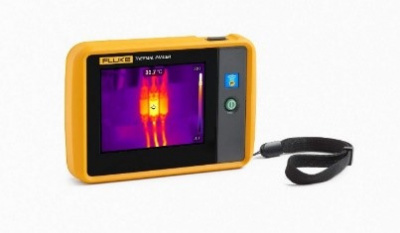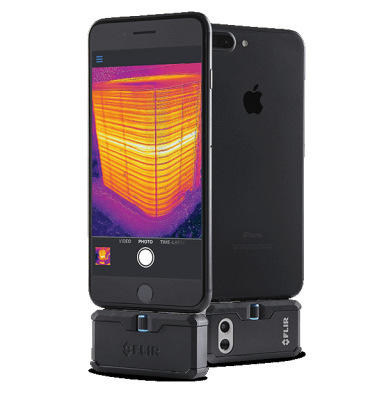
In past articles, we have extensively covered the benefits that foam plastic continuous insulation provides for all types of construction in all climates. These products provide unparalleled thermal insulation, as well as enabling robust moisture control options to ensure structural resilience for the long-term. But as with any alternative technology, it takes more than an informative article or two to convince a builder or specifier to switch over to continuous insulation. Often what is needed is additional experiential or working knowledge of the product, rather than plain formulas and statistics, however accurate they may be. With insulation, this knowledge can be difficult to convey, since humans can’t actually see how heat behaves in specific installations. Or can they?


Imagine two structures side-by-side, identical in every way except for the insulation. The first uses typical batt-insulation between the studs, with all the thermal bridging problems which that approach entails. The second is encased in a continuous layer of foam plastic insulation, with windows and doors as the only gaps. If you could somehow visually compare the amount of heat emanating from each building, wouldn’t that go a long way towards making the intuitive case for continuous insulation? Fortunately, it is becoming increasingly simple to do just that with the proliferation of inexpensive, easy-to-operate thermographic (infrared, or IR) cameras.
The cost of IR cameras has traditionally been prohibitive, but recent years have seen several new models available at amazingly budget-friendly prices. FLIR and Fluke both offer models for under $1000 that can provide high-resolution thermal imaging for insulation comparison and evaluation, and some of which can even interface with a smartphone! IR cameras have plenty of other uses in the insulation industry, from assisting with proper insulation inspections during the building phase to pinpointing leaks in aging structures for retrofits.
To put it in a nutshell, purveyors of new insulating products can quickly make the case that their solution represents an improvement over current alternatives. Combine this with the calculators and knowledge found at continuousinsulation.org and you will easily have a few real-world examples, backed by robust data, and conveniently available in the field on a mobile device.